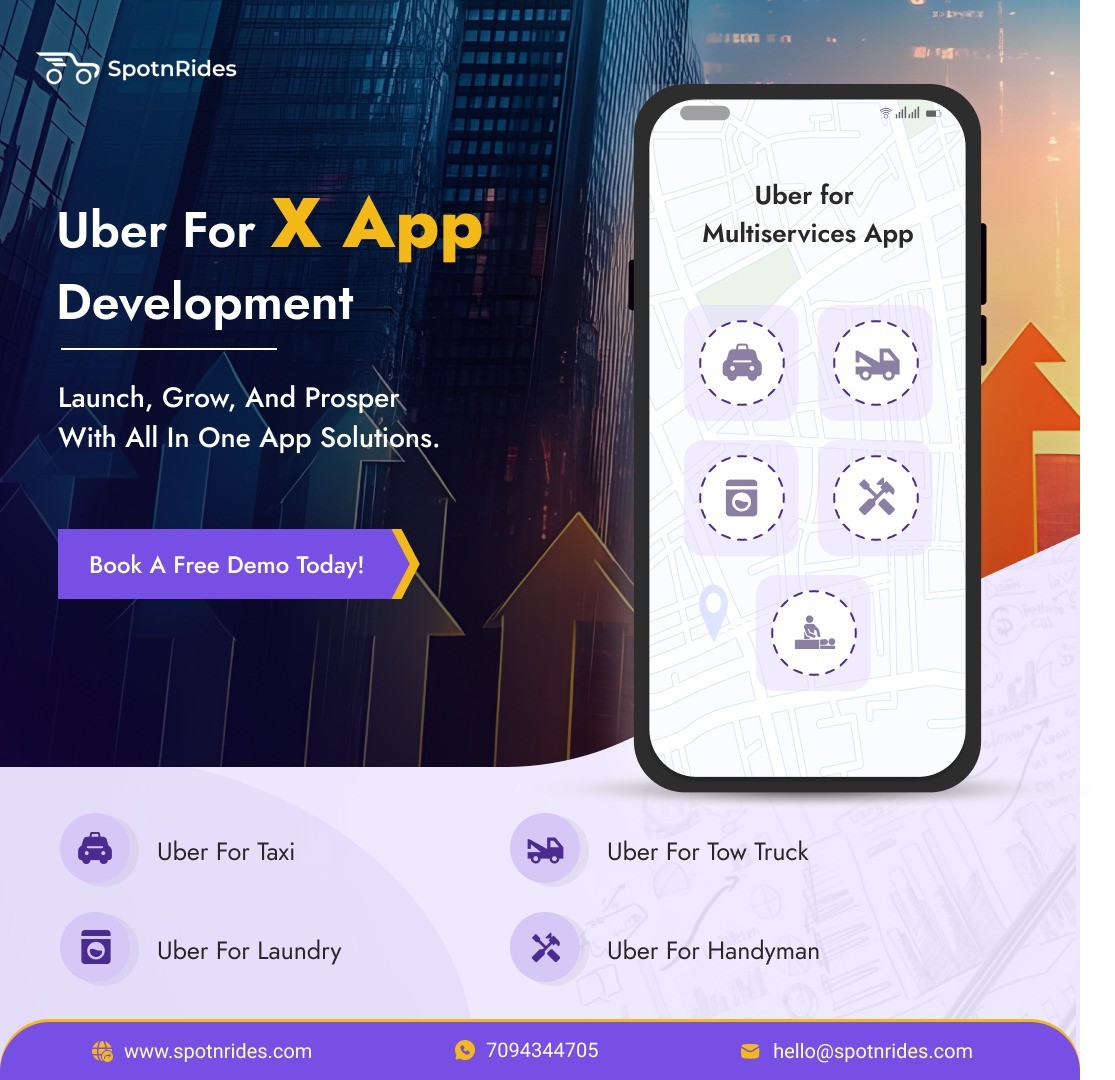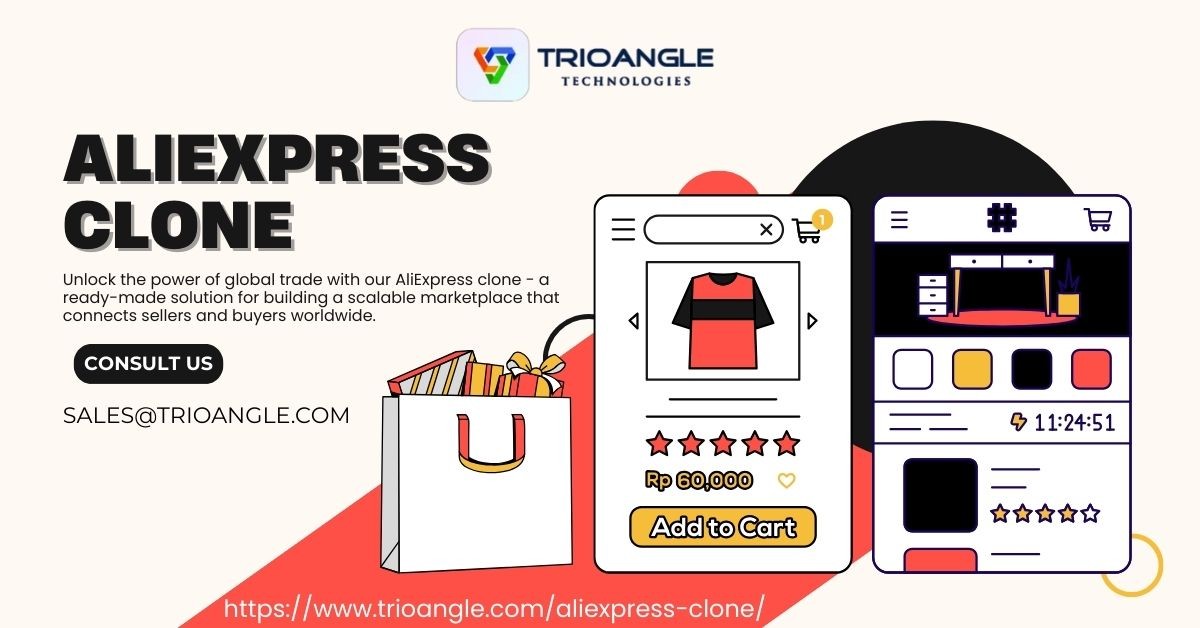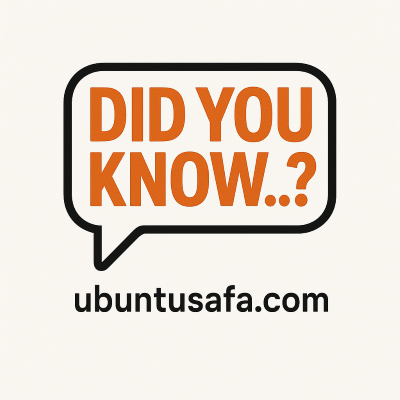Launch your dream business with SpotnRides’ Uber for X platform, designed for any niche — from beauty to delivery. One platform, endless possibilities.
Visit us: https://www.spotnrides.com...
Whatsapp: https://wa.me/919600695595
#FutureTrendsofUberforX #uberformultiservicesapp #ubeforx #uberforxappdevelopment #uberforxbusiness #uberforxbusinessmodel #uberforxscript #allinoneappservices #SpotnRides #superapps #multiservicebusiness #gojekclone #goieckcloneapp #SuperAppDevelopment #multiservicesbookingapp
https://www.esiteworld.com...
#grocerydelivery #jeebclone #groceryapp #DeliveryApp #startup #qatarbusiness #mobileapp
https://www.esiteworld.com...
#baqalaclone #grocerydelivery #groceryapp #DeliveryApp #startup #saudibusiness #mobileapp
Launch a full-featured, white-label food delivery app with the UberEats Clone Script by Oyelabs. Built for speed and scalability, this solution includes multi-restaurant support, live order tracking, takeaway options, and complete source code ownership. Ideal for entrepreneurs looking to dominate the on-demand food market.
oyelabs.com
https://oyelabs.com/uberea...
#ubereatsclone #fooddeliveryapp #OnDemandServices #WhiteLabelSolution #StartupLaunch
Launch a full-featured, white-label food delivery app with the UberEats Clone Script by Oyelabs. Built for speed and scalability, this solution includes multi-restaurant support, live order tracking, takeaway options, and complete source code ownership. Ideal for entrepreneurs looking to dominate the on-demand food market.
oyelabs.com
https://oyelabs.com/uberea...
#ubereatsclone #fooddeliveryapp #OnDemandServices #WhiteLabelSolution #StartupLaunch

UberEats Clone App | Launch Online Food Delivery App
Get powerful UberEats Clone App solution with modern features, secure payments, and scalability for your on-demand food business.
https://oyelabs.com/ubereats-clone/Get a free demo: https://www.spotnrides.com...
Whatsapp: https://wa.me/919600695595
#UberForLaundryApp #LaundryApp #LaundryBusiness #LaundryDeliveryApp
#OnDemandLaundry #LaundrySoftware #SpotnRides #LaundryAppDevelopment
#LaundryBookingApp #LaundryAppSolution #LaundryOnDemand
Develop a fully customizable, white-label super app offering 65+ services, including ride-hailing, food delivery, logistics, and more. Oyelabs’ Gojek Clone Script is designed for rapid deployment, with a guaranteed live launch within 1 week. Benefit from a scalable platform, real-time tracking, integrated payments, and a user-friendly interface to capture the growing demand for on-demand services.
🔗 https://oyelabs.com/gojek-...
#gojekclone #SuperAppDevelopment #MultiServicePlatform #OnDemandServices #AppDevelopment
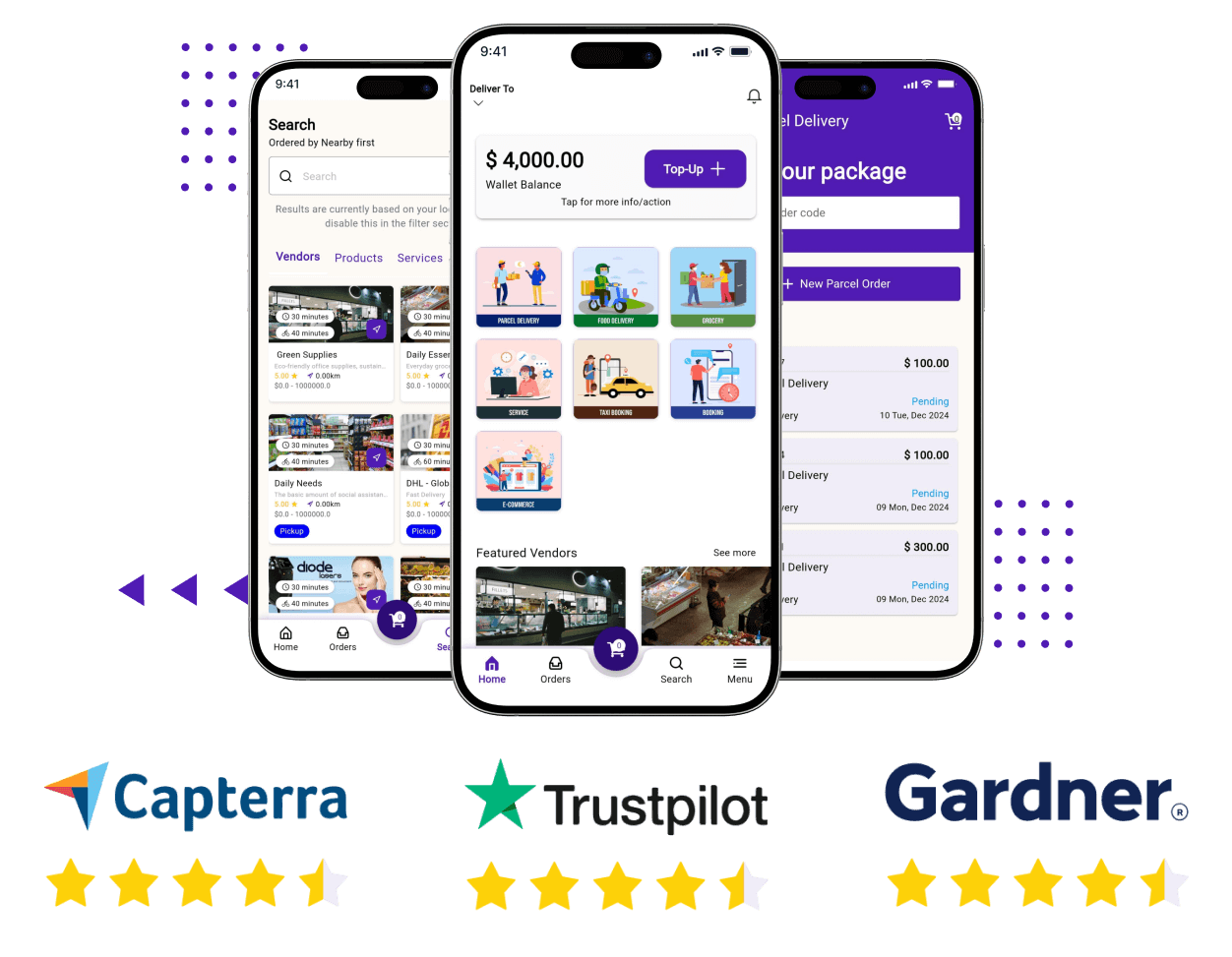
Gojek Clone - #1 Super App to Launch Multiservice Business
Gojek Clone - Launch your multiservice app with 65+ services like taxi, delivery, ecommerce, hiring a handyman, & more. Launch your Gojek-like super app.
https://oyelabs.com/gojek-clone/Develop a customizable taxi booking platform that empowers users to negotiate fares directly with drivers. Oyelabs offers a white-label solution with real-time bidding, parcel delivery integration, and AI-powered features, ensuring a competitive edge in the ride-hailing market.
🔗 https://oyelabs.com/indriv...
#InDriverClone #RideHailingApp #TaxiAppDevelopment #OnDemandServices #AIAppDevelopment
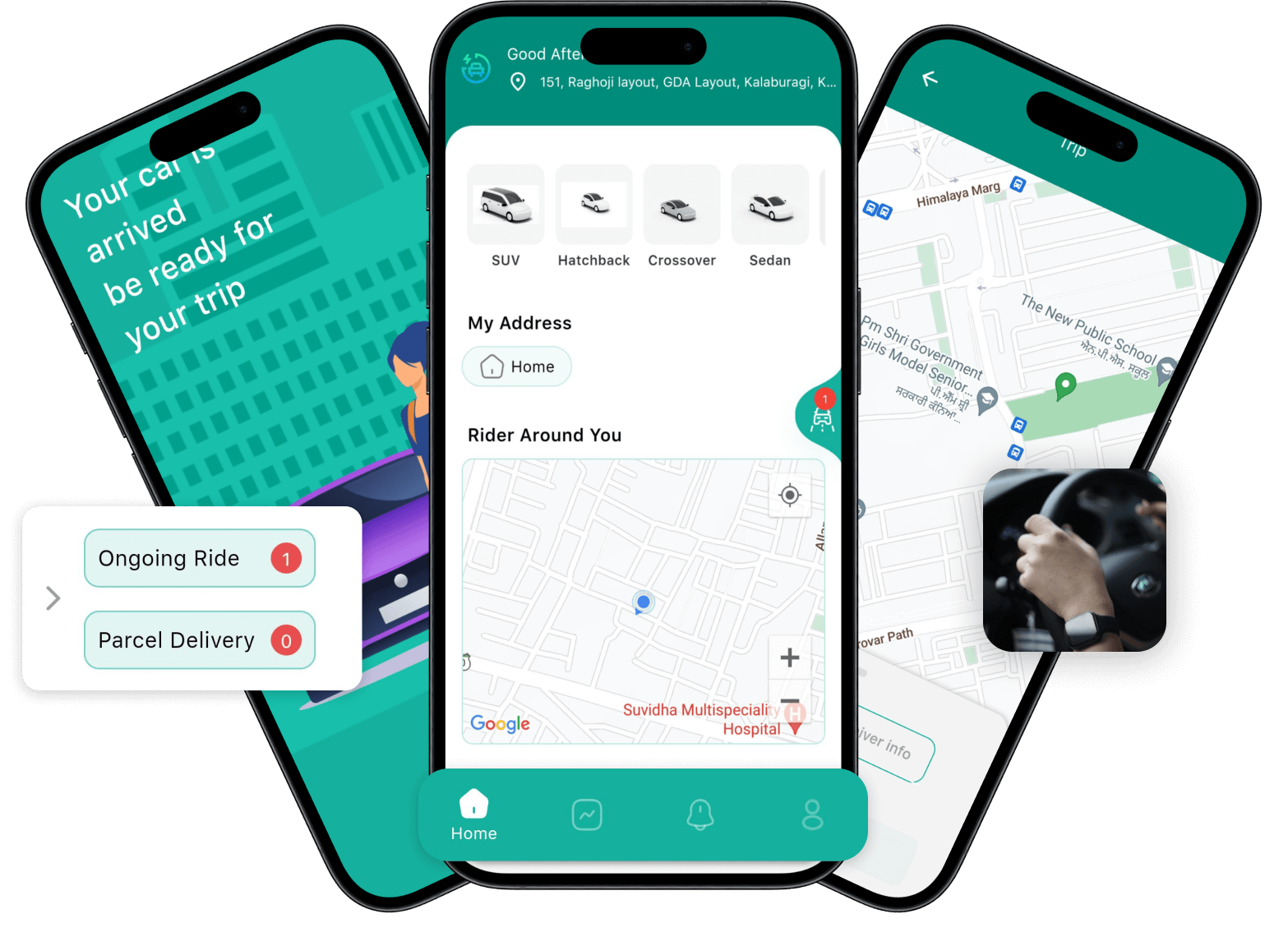
InDriver Clone App | Customizable Taxi Booking App Script
InDriver clone is a ready-to-launch taxi booking and delivery solution with the fare bidding feature to start your own business in just 3 days.
https://oyelabs.com/indriver-clone-app-development/Learn expert tips to efficiently build a food delivery app like Zomato. Discover key features, development strategies, and best practices for a successful app launch.
for more: https://duplextech.com/blo...
Transform your local food scene with a customizable DoorDash clone app from Oyelabs. Features include real-time order tracking, multi-vendor management, delivery driver dashboards, seamless payments, and promotions—all in a white-label, source-code accessible package.
🔗 https://oyelabs.com/doorda...
#doordashclone #fooddeliveryapp #DeliveryMarketplace #OnDemandServices #oyelabs #RestaurantPlatform #WhiteLabelApp #OrderTracking
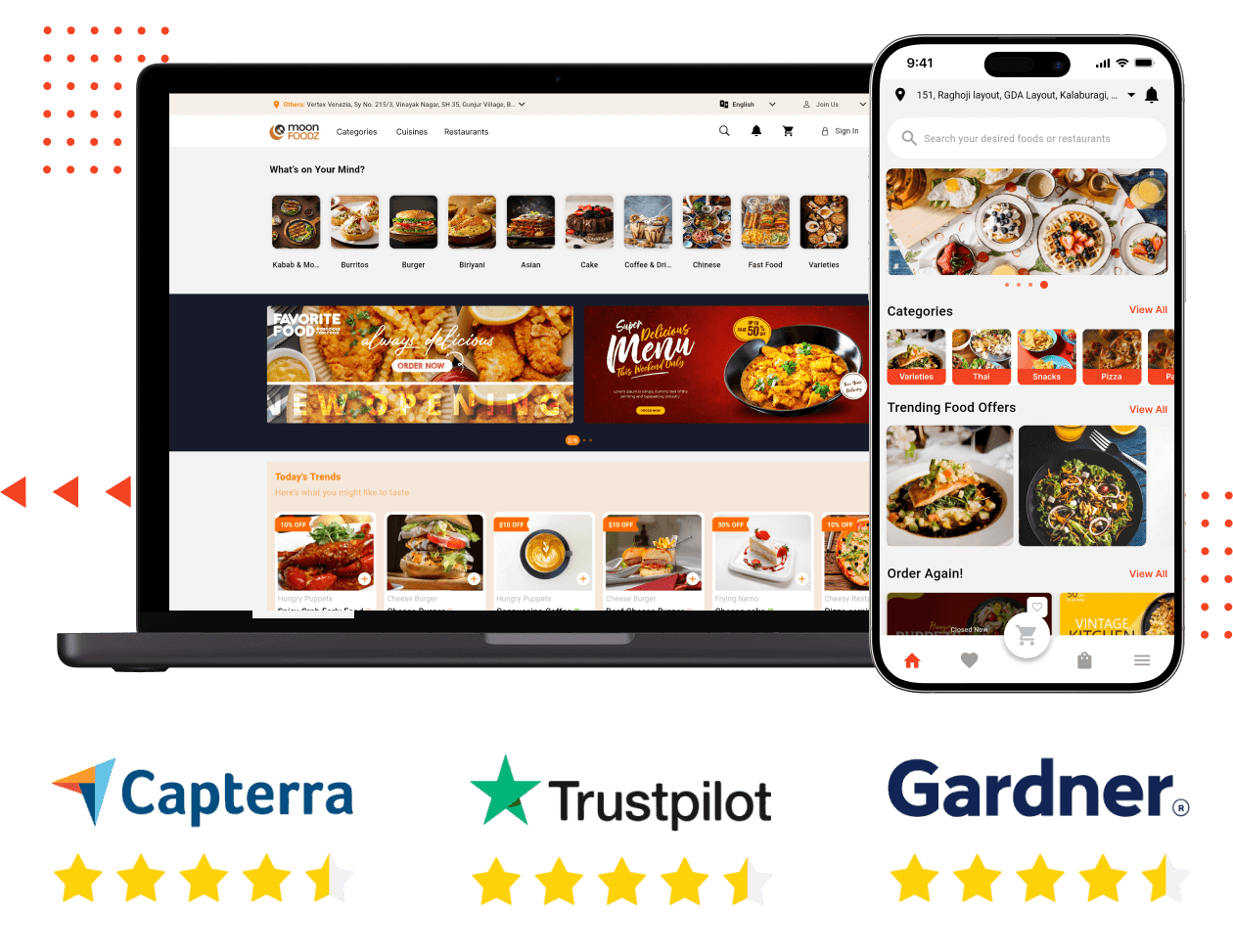
Doordash Clone - Readymade Food Ordering and Delivery App
Doordash clone script is loaded with new-gen features and comes with 100% customizability and free support for 30 days. Launch food delivery business in 3 days.
https://oyelabs.com/doordash-clone/Visit us: https://www.spotneats.com/...
WhatsApp: https://wa.me/919600695595
#SpotnEats #Foodpandaclone #FoodpandaCloneApp #foodpandaclonescript #fooddeliveryapp #DoorDashCloneApp #OnDemandDeliveryApp #fooddeliverycloneappscript #postmatescloneappscript #postmatescloneappscript #chainrestaurantapp #foodoracloneappscript #foodandgroceriesapp #farforapp #farforcloneappscript #papajohnspizzauae
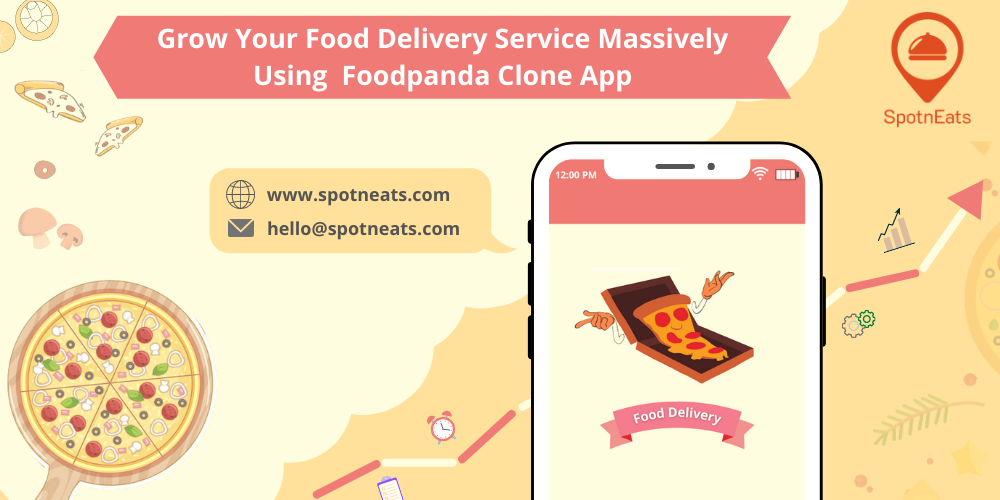
Grow Your Food Delivery Service Massively Using a Foodpanda Clone App - SpotnEats
Develop a Foodpanda clone app to attract online customers to your restaurant service and expand your food delivery business by utilizing the app's attractive features.
https://www.spotneats.com/blog/grow-your-food-delivery-service-massively-using-a-foodpanda-clone-app/Take on the food delivery market with Oyelabs’ DoorDash clone app—a full-feature, white-label solution offering real-time order tracking, restaurant dashboards, delivery partner management, secure payments, and an intuitive admin interface. Get full source code ownership to shape and grow your brand.
🔗 https://oyelabs.com/doorda...
#doordashclone #FoodDeliveryPlatform #OnDemandServices #DeliveryApp #oyelabs #WhiteLabelSolution #RestaurantDelivery #clonescript
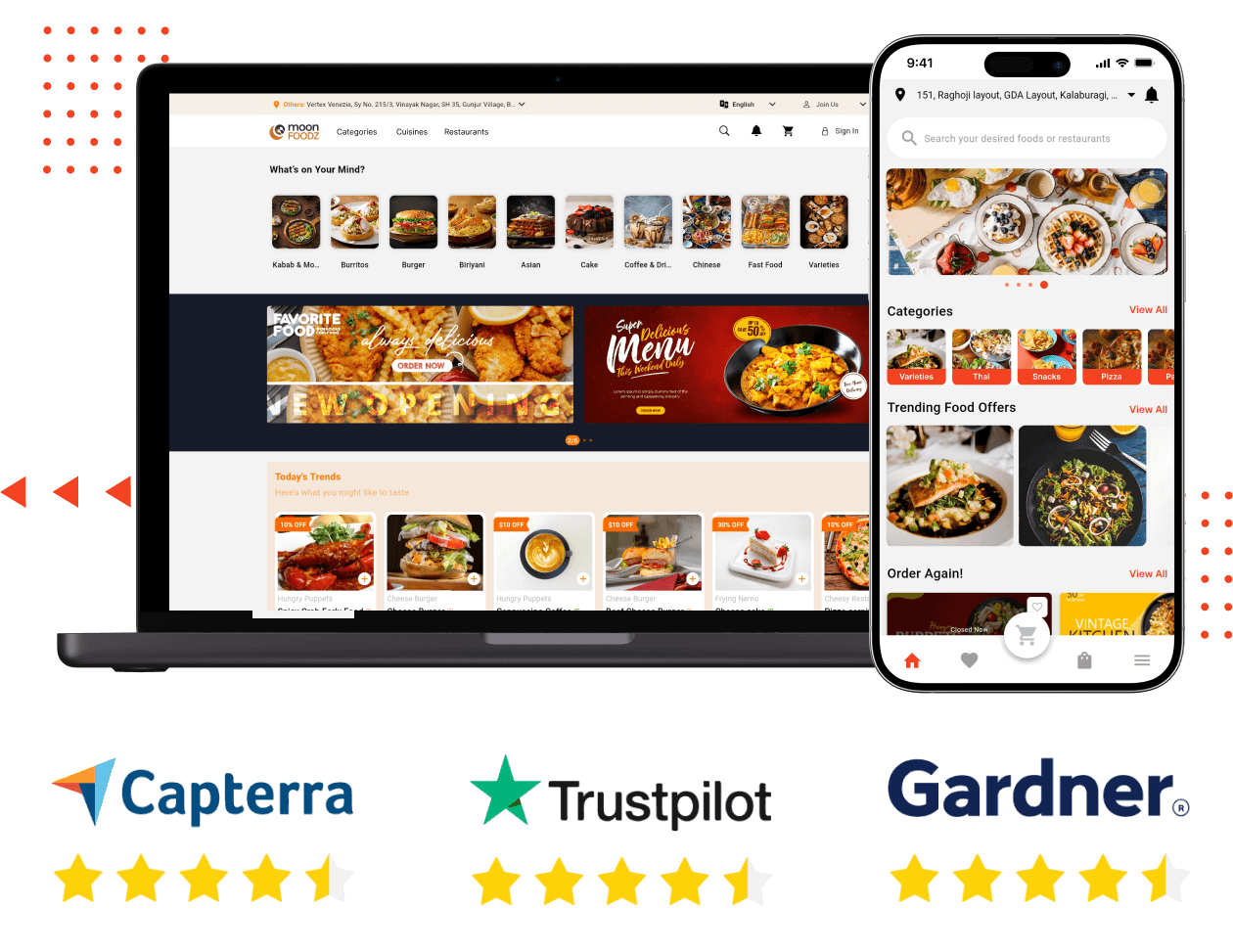
Doordash Clone - Readymade Food Ordering and Delivery App
Doordash clone script is loaded with new-gen features and comes with 100% customizability and free support for 30 days. Launch food delivery business in 3 days.
https://oyelabs.com/doordash-clone/Take on the food delivery market with Oyelabs’ DoorDash clone app—a full-feature, white-label solution offering real-time order tracking, restaurant dashboards, delivery partner management, secure payments, and an intuitive admin interface. Get full source code ownership to shape and grow your brand.
🔗 https://oyelabs.com/doorda...
#doordashclone #FoodDeliveryPlatform #OnDemandServices #DeliveryApp #oyelabs #WhiteLabelSolution #RestaurantDelivery #clonescript

Doordash Clone - Readymade Food Ordering and Delivery App
Doordash clone script is loaded with new-gen features and comes with 100% customizability and free support for 30 days. Launch food delivery business in 3 days.
https://oyelabs.com/doordash-clone/Take on the food delivery market with Oyelabs’ DoorDash clone app—a full-feature, white-label solution offering real-time order tracking, restaurant dashboards, delivery partner management, secure payments, and an intuitive admin interface. Get full source code ownership to shape and grow your brand.
https://oyelabs.com/doorda...
#doordashclone #FoodDeliveryPlatform #OnDemandServices #DeliveryApp #oyelabs #WhiteLabelSolution #RestaurantDelivery #clonescript
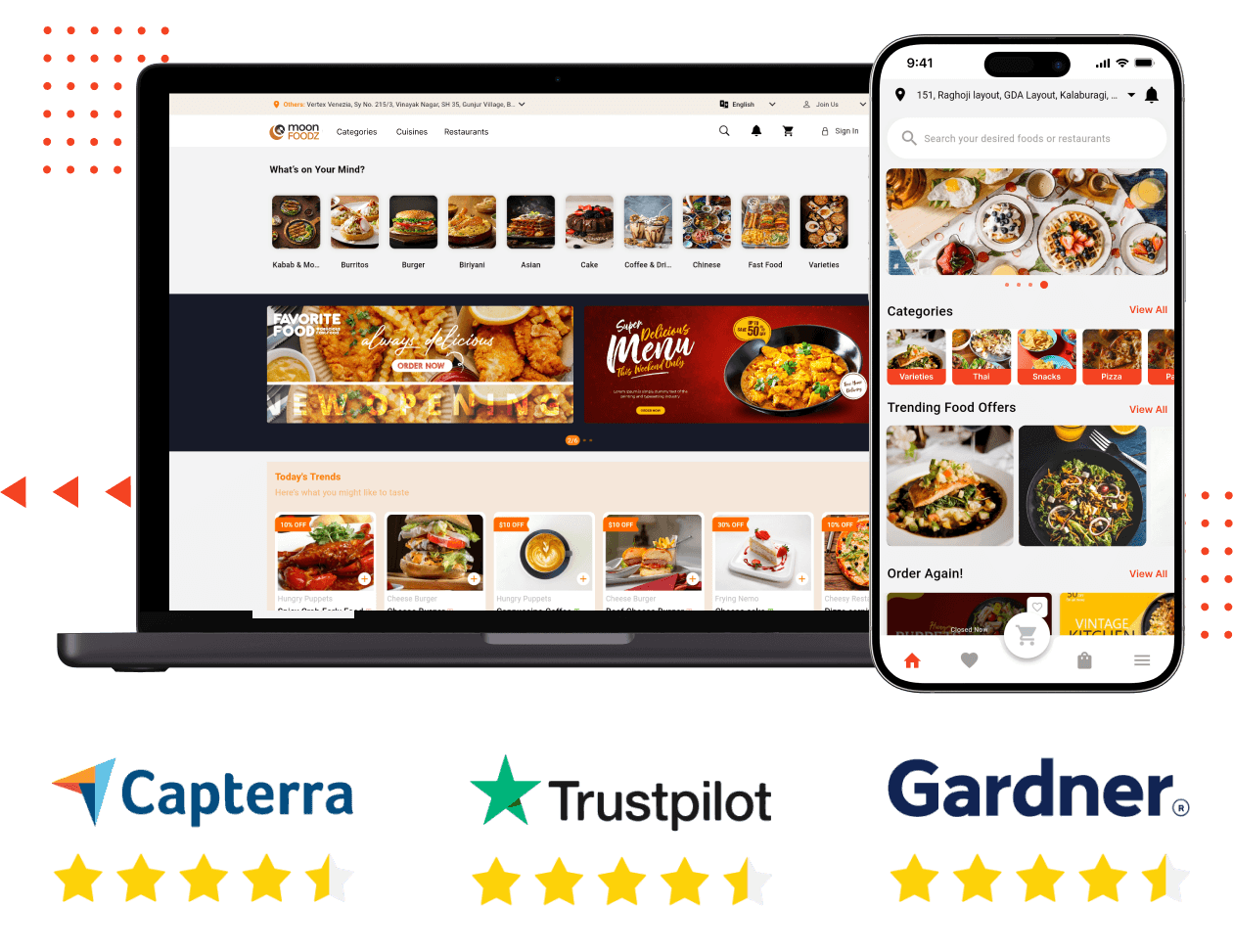
Doordash Clone - Readymade Food Ordering and Delivery App
Doordash clone script is loaded with new-gen features and comes with 100% customizability and free support for 30 days. Launch food delivery business in 3 days.
https://oyelabs.com/doordash-clone/Step into the booming delivery industry with a robust DoorDash clone app from Oyelabs. Enable multi-restaurant management, live order tracking, driver dispatch, reviews & ratings, promotional tools, and secure payment integration—all wrapped in white-label branding and full source code access for customization.
https://oyelabs.com/doorda...
#doordashclone #fooddeliveryapp #DeliveryMarketplace #OnDemandServices #oyelabs #WhiteLabelSolution #RestaurantDelivery #clonescript
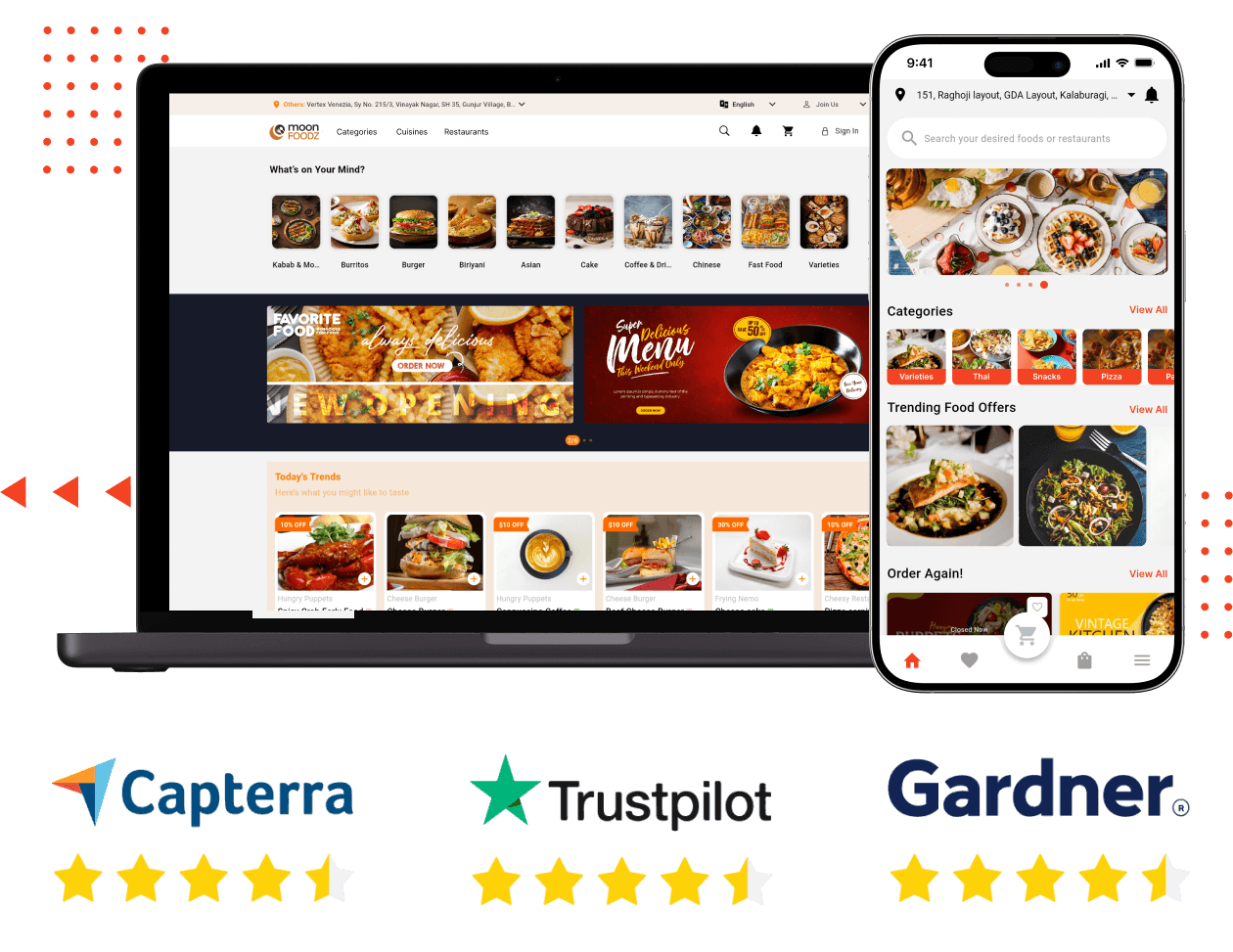
Doordash Clone - Readymade Food Ordering and Delivery App
Doordash clone script is loaded with new-gen features and comes with 100% customizability and free support for 30 days. Launch food delivery business in 3 days.
https://oyelabs.com/doordash-clone/Jump into the thriving delivery market with a fully white-label DoorDash clone app by Oyelabs. It includes restaurant onboarding, real-time order tracking, driver & delivery dashboards, secure payments, flexible menus and promotions—everything you need to build a reliable, high-performance delivery platform under your own brand.
https://oyelabs.com/doorda...
#doordashclone #fooddeliveryapp #MultiRestaurantPlatform #OnDemandDelivery #oyelabs #WhiteLabelSolution #SecureCheckout #RealTimeTracking
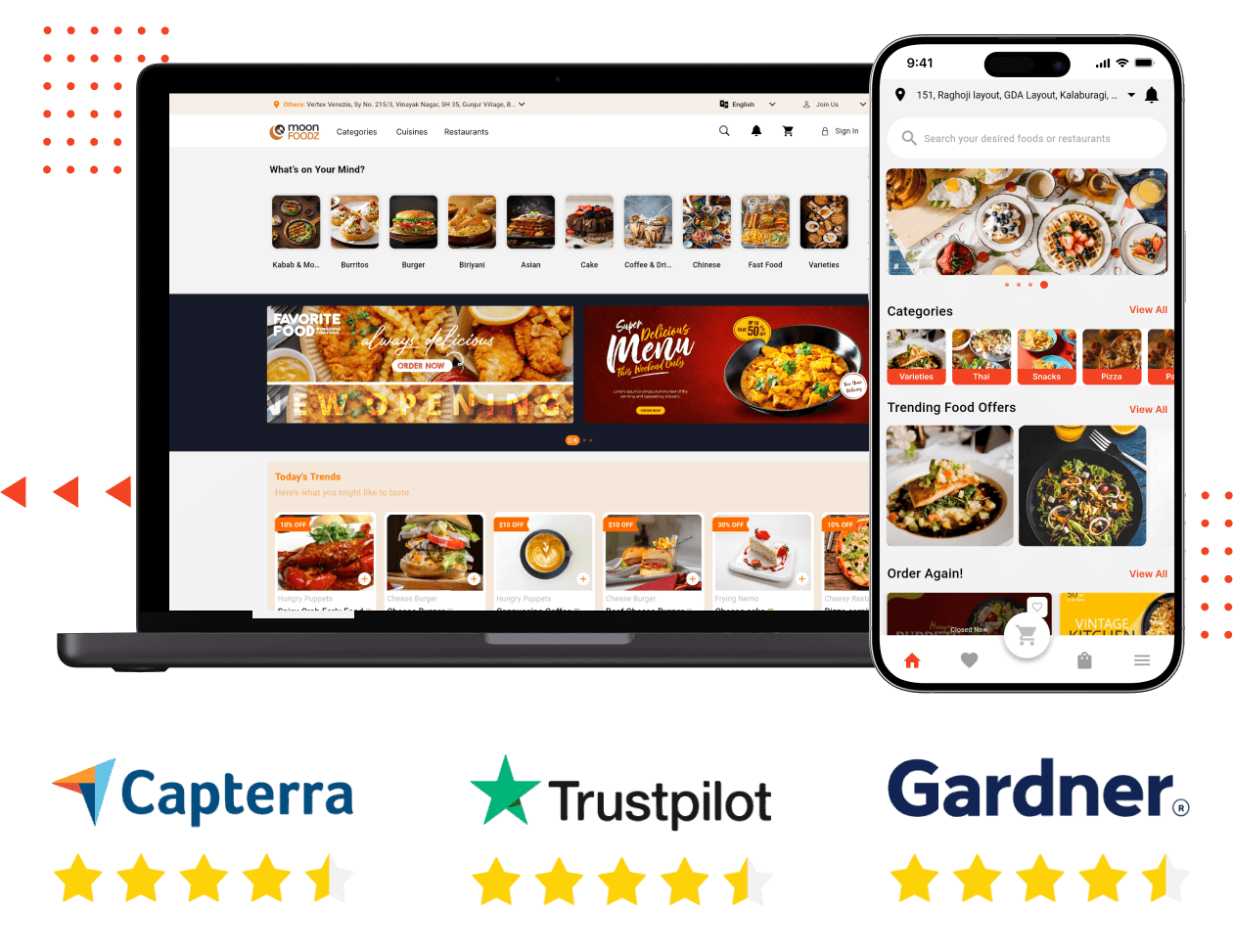
Doordash Clone - Readymade Food Ordering and Delivery App
Doordash clone script is loaded with new-gen features and comes with 100% customizability and free support for 30 days. Launch food delivery business in 3 days.
https://oyelabs.com/doordash-clone/Kick off your multi-restaurant delivery service using Oyelabs’ robust DoorDash clone app. With real-time order tracking, restaurant & driver dashboards, flexible payment options, schedule-later orders, and a powerful admin panel—all wrapped up in a white-label, fully customizable script—you get everything you need to scale confidently.
https://oyelabs.com/doorda...
#doordashclone #fooddeliveryapp #RestaurantDeliverySolution #oyelabs #OnDemandDelivery #MultiRestaurantApp #RealTimeTracking #WhiteLabelFoodApp
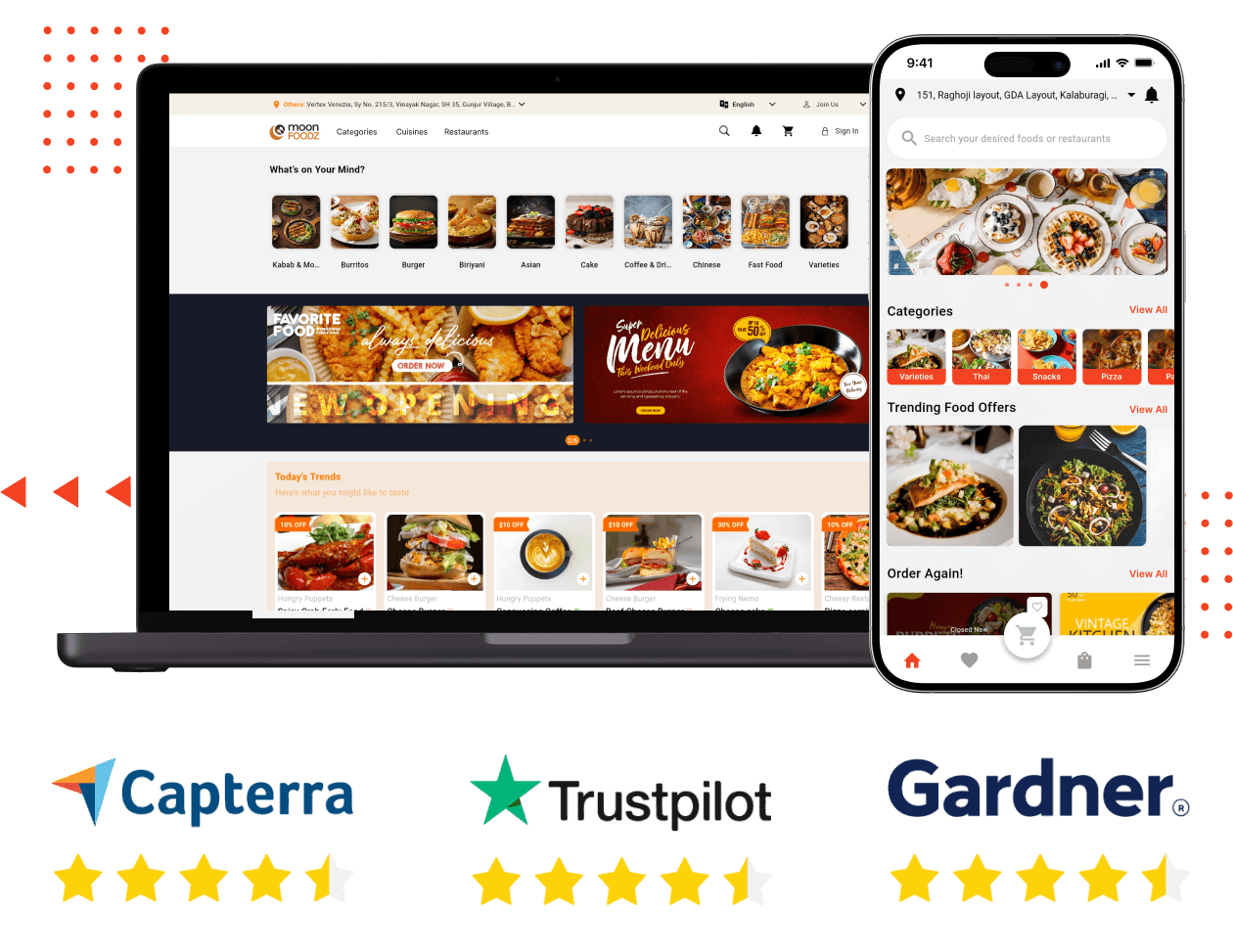
Doordash Clone - Readymade Food Ordering and Delivery App
Doordash clone script is loaded with new-gen features and comes with 100% customizability and free support for 30 days. Launch food delivery business in 3 days.
https://oyelabs.com/doordash-clone/Set up a powerful, branded Uber clone solution built for modern ride-hailing. Features include live GPS tracking, transparent fare estimates, flexible multi-payments, driver & fleet dashboards, scheduled rides, and robust safety tools. Fully white-label, source-code access included — scale your taxi or delivery venture smoothly.
🔗 https://oyelabs.com/uber-c...
#uberclone #TaxiAppSolution #RideHailingPlatform #OnDemandTransport #oyelabs #WhiteLabelTaxiApp #RealTimeTracking #SecurePayments
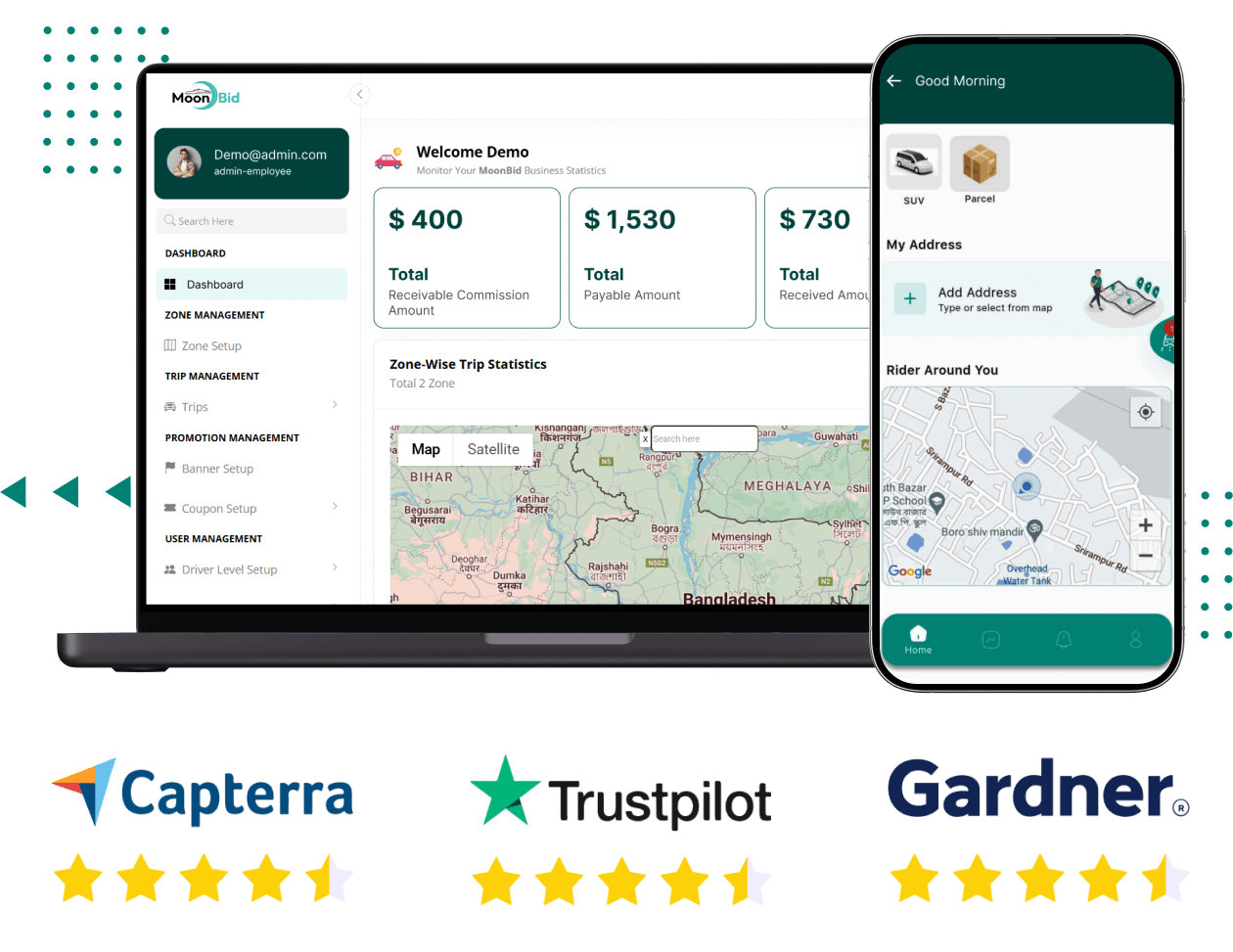
Uber Clone - Build Your Own Online Taxi Booking App
Build your own ride-sharing and taxi booking app with our Uber Clone solution. A customizable, scalable, and secure platform to launch your on-demand transportation business.
https://oyelabs.com/uber-clone/Get your hands on a market-ready UberEats clone app with Oyelabs—complete with restaurant dashboards, real-time delivery tracking, dynamic menus, multigateway payments, order history & reorder features. Fully white-label and source-code included so your brand stands out.
https://oyelabs.com/uberea...
#ubereatsclone #fooddeliveryapp #RestaurantAppSolution #OnDemandDelivery #oyelabs #WhiteLabelFoodApp #DeliveryTracking #SecurePayments

UberEats Clone App - Scalable Online Food Delivery Solution
An UberEats clone script is a customizable food delivery app solution that allows users to explore restaurants and order their favorite meals anytime, from anywhere.
https://oyelabs.com/ubereats-clone/Kickstart your global food delivery business with our ready-made DoorDash Clone App, built for startups & small businesses at a low cost.
🚀 Features include
✅ Real-Time Order Tracking
✅ Secure Local Payments
✅ Easy Admin Panel
✅ Multi-Service Ready.
🔥 Special Offer: Launch at 50% OFF + Free Demo! Don’t wait — start your food delivery app today.
🌐 Free Demo: https://www.trioangle.com/...
📲 WhatsApp: +91 6379630152 | 📩 salestrioangle.com
#fooddeliveryapp #doordashclone #DeliveryApp #RestaurantDeliveryApp #FastFoodDelivery #GroceryDeliveryApp #StartupApp #EntrepreneurApp #OnlineDeliveryApp #MultiServiceDelivery #DeliveryTrackingApp #LowCostApp #AffordableApp #Delivery Business #Delivery Startup
Looking for the best app for restaurant delivery? We build feature-rich food delivery apps, including fast food delivery app and grocery & food delivery app. Grow like UberEats & DoorDash. Free demo available – connect with us today!
Free Demo: https://www.trioangle.com/...
Contact:
salestrioangle.com | +91 6379630152 | Trioangle_Technologies
#FoodDeliveryApps #RestaurantDeliveryApp #FastFoodDeliveryApp #GroceryDeliveryApp #BestDeliveryApp #deliverybusiness #DeliveryAppDevelopment #FoodAppStartup #OnDemandDeliveryApp #FoodBusinessGrowth #ubereatsclone #doordashclone #justeatclone #talabatclone #DeliverooClone
Step up in the growing food delivery market with Oyelabs’ UberEats clone app a white-label solution that lets you manage multiple restaurants, handle real-time order tracking, support secure multi-gateway payments, push notifications and reviews, plus dynamic menus with custom pricing and filters. Everything you need to launch a scalable delivery platform under your own brand.
https://oyelabs.com/uberea...
#ubereatsclone #fooddeliveryapp #DeliveryMarketplace #OnDemandFood #RestaurantManagement #oyelabs #SecurePayments #RealTimeTracking

UberEats Clone App - Scalable Online Food Delivery Solution
An UberEats clone script is a customizable food delivery app solution that allows users to explore restaurants and order their favorite meals anytime, from anywhere.
https://oyelabs.com/ubereats-clone/https://www.v3cube.com/del...
Launch your Deliveroo clone – a ready-made food and shopping delivery business app solution. Scalable fast, maximize revenue & start delivery business today. Our Deliveroo clone script is available for both iOS & Android devices. It is on-demand food delivery platform designed to replicate the core functionality of popular food delivery services like Deliveroo.
#DeliverooClone , #deliveroocloneapp , #deliverooclonescript , #foodandshoppingdeliveryapp

Deliveroo Clone - Food, Grocery, Pharmacy Delivery App
Get your own Deliveroo Clone App to run a successful food delivery and store delivery business with ease and scalability.
https://www.v3cube.com/deliveroo-clone/Enter the competitive food delivery space with a customizable UberEats clone app by Oyelabs. Manage multiple restaurants, enable real-time delivery tracking, integrate secure payment gateways, send instant push notifications, and offer personalized menus with flexible pricing. A complete white-label solution to grow your food delivery business at scale.
https://oyelabs.com/uberea...
#UberEatsCloneApp #FoodDeliverySolution #OnDemandDelivery #RestaurantAppDevelopment #WhiteLabelFoodApp #oyelabs #FoodTech #ScalableDeliveryPlatform
The eCommerce industry has witnessed immersive growth, fueled by new technology innovations and evolving user demands.
AliExpress Clone is one of the top on-demand platforms with a scalable architecture, unique layouts, and standard vendor management. It opens a new opportunity for startups to stand out in a competitive marketplace.
This blog provides a complete guide to building a multi-vendor app using an AliExpress clone script. We covered its essential features, development steps, and latest trends.
Dive in.
Aliexpress Clone: An Introduction
Don’t you know what an AliExpress clone is? Here’s a short overview of it. Let’s check in.
An AliExpress clone is a ready-made solution inspired by the original AliExpress business model, designed with its core functionalities intact. This connects every single user who wants to order products through an online medium. They can compare prices across multiple vendors and finally buy a product from a preferred store. It increases user convenience and satisfaction.
This eCommerce clone script streamlines the complete end-to-end purchasing process with advanced features, including user registration, multiple delivery addresses, shipment tracking, and secure payments.
Partner With Trioangle and Start Today!
Obviously, you are at the right place to start and implement your multi-vendor marketplace idea.
Trioangle's AliExpress Clone Script can help you turn your idea into a robust and revenue-generating eCommerce platform.
Connect with our experts to acknowledge business goals and craft solutions that meet your target audience's needs.
Subscribe now!
https://www.trioangle.com/...
#AliExpressClone #AliExpressCloneScript #AliExpressLikeApp #MultiVendorEcommerce #MarketplaceSoftware #EcommerceScript #ReadymadeEcommerce #B2BMarketplace #OnlineMarketplace
Step up in the growing food delivery market with Oyelabs’ UberEats clone app — a white-label solution that lets you manage multiple restaurants, handle real-time order tracking, support secure multi-gateway payments, push notifications and reviews, plus dynamic menus with custom pricing and filters. Everything you need to launch a scalable delivery platform under your own brand.
https://oyelabs.com/uberea...
#ubereatsclone #fooddeliveryapp #DeliveryMarketplace #OnDemandFood #RestaurantManagement #oyelabs #SecurePayments #RealTimeTracking

UberEats Clone - Build Your Own Online Food Delivery App
Build your own online food delivery app with our UberEats Clone solution, packed with real-time tracking, secure payments, and full customization.
https://oyelabs.com/ubereats-clone/How can public hospitals be improved to serve the poor better?
Improving public hospitals to better serve the poor requires a comprehensive strategy that addresses the core issues of funding, infrastructure, human resources, efficiency, and patient-centered care.
For a country like Nigeria, where the majority of the population relies on public healthcare and poverty is widespread, these improvements are vital for national development and social equity.
Here's a detailed approach:
I. Increased and Transparent Funding:
Allocate More Budgetary Resources: Governments at federal, state, and local levels must significantly increase the percentage of their budgets allocated to healthcare, aiming to meet or exceed international recommendations (e.g., the Abuja Declaration's 15%).
Targeted Funding for the Poor: Earmark specific funds for initiatives that directly benefit low-income patients, such as subsidized or free essential services, medications, and diagnostic tests for those who cannot afford them.
Strengthen Health Insurance Schemes (e.g., NHIS):
Expand Coverage: Aggressively expand the reach of the National Health Insurance Scheme (NHIS) to cover a larger portion of the informal sector and vulnerable populations, potentially through community-based health insurance models or state-led initiatives.
Subsidies for the Poor: Implement government subsidies or premium support for low-income households to ensure they can afford health insurance contributions.
Streamline Processes: Simplify the enrollment and claims processes for the poor to reduce bureaucratic hurdles.
Combat Corruption and Ensure Accountability:
Implement robust financial management systems, regular audits, and strict anti-corruption measures within public hospitals to prevent embezzlement and ensure funds are used for their intended purpose.
Introduce performance-based funding where hospitals receive additional funds based on patient outcomes, efficiency, and satisfaction.
II. Infrastructure and Equipment Upgrade:
Renovation and Modernization: Invest in systematic renovation and modernization of existing public hospital buildings to create clean, safe, and dignified environments.
Equip with Modern Technology: Provide essential, functional diagnostic and treatment equipment (e.g., X-ray machines, ultrasound scanners, laboratory equipment, essential surgical tools). Ensure maintenance contracts and availability of spare parts.
Reliable Utilities: Guarantee constant access to clean water, reliable electricity (invest in solar power as a sustainable backup), and proper waste management systems in all public hospitals.
Basic Amenities: Ensure availability of basic amenities like clean restrooms (separate for male/female), comfortable waiting areas, and proper ventilation.
III. Human Resources Development and Motivation:
Adequate Staffing: Recruit and retain a sufficient number of qualified doctors, nurses, pharmacists, laboratory scientists, and other support staff to reduce workload and improve patient-to-staff ratios.
Competitive Remuneration and Welfare: Offer attractive and timely salaries, allowances, and a comprehensive benefits package (including health insurance and pensions) to stem the brain drain and motivate staff.
Continuous Professional Development (CPD): Provide regular training opportunities to upgrade skills, keep staff abreast of new medical advancements, and improve patient communication.
Ethical Conduct and Empathy Training: Conduct mandatory training on medical ethics, patient rights, empathy, and respectful communication, particularly towards low-income patients who may feel disempowered.
Performance Incentives: Introduce performance-based incentives for staff tied to patient satisfaction, quality of care, and efficiency, rather than just volume.
Safety and Security: Enhance security measures within hospital premises to protect staff from harassment or violence.
IV. Operational Efficiency and Patient-Centered Care:
Streamline Processes: Implement efficient patient flow systems, from registration to consultation, diagnosis, and treatment, to reduce long waiting times and bureaucratic bottlenecks.
Digitalization (Electronic Health Records - EHR):
Implement EHR systems to improve record-keeping, reduce errors, enhance data sharing among departments, and enable better patient tracking.
Digitalize appointment scheduling and billing to minimize human interface and reduce opportunities for corruption.
Focus on Primary Healthcare (PHC): Strengthen the referral system from PHC centers to secondary and tertiary public hospitals. Well-equipped and staffed PHCs can manage common ailments, reducing the burden on hospitals and making basic care accessible at the community level.
Culturally Sensitive Care: Train staff to understand and respect the cultural beliefs and practices of diverse patient populations, which can influence health-seeking behaviors.
Patient Feedback Mechanisms: Establish accessible and confidential channels for patients to provide feedback, lodge complaints, and make suggestions for improvement. Use this feedback to drive continuous improvement.
Transparency and Information: Clearly display service costs (if any), patients' rights, and grievance procedures. Provide clear information about treatment plans in a language patients understand.
V. Innovative Service Delivery Models:
Mobile Clinics and Outreach Programs: Implement mobile health clinics that travel to underserved rural communities, providing basic diagnostic, preventive, and primary care services, as well as health education.
Telemedicine: Leverage telemedicine for remote consultations, specialist opinions, and follow-ups, particularly for patients in remote areas where specialists are scarce. This can reduce travel costs and time for patients.
Community Health Workers (CHWs): Train and deploy CHWs from within the communities to act as a link between the community and the health system, providing basic health education, screening, and facilitating referrals.
Partnerships with NGOs and CSOs: Collaborate with non-governmental organizations and civil society organizations that have experience in delivering healthcare to underserved populations.
By implementing these strategies, public hospitals can move towards becoming trusted, accessible, and high-quality healthcare providers for all, especially the most vulnerable members of society.
++++++++++++++++++++++++++++++++++++++++++
HAMAS SURRENDER NOW- WAR GOES ON UNTIL HAMAS SURRENDER.
++++++++++++++++++++++++++++++++++++++++++
The call for Hamas's surrender is not a universally adopted issue for a number of complex and interconnected reasons, which are rooted in political, historical, and ideological factors.
1. Hamas's Ideology and Strategic Goals:
Rejection of Surrender: Hamas, as an organization, fundamentally rejects the idea of surrender. Its charter and core ideology are based on armed resistance against Israel. Surrendering would be seen as a betrayal of its principles and a complete defeat of the Palestinian cause, as the group defines it. From their perspective, their actions are part of a broader "liberation" struggle.
Hostages as Leverage: Hamas uses the hostages as its most powerful bargaining chip. A unilateral surrender would mean giving up this leverage without securing any of its demands, such as a permanent ceasefire, the release of Palestinian prisoners, or the end of the Israeli blockade of Gaza.
2. Diverse International and Regional Perspectives:
Political Alignments: The international community is not a unified entity. Many countries and political groups have different relationships with Israel and the Palestinians. Some, particularly in the Global South and the Middle East, may view Hamas as a legitimate resistance movement against Israeli occupation, rather than solely as a terrorist organization. For these groups, a call for surrender would be seen as siding with Israel and ignoring the Palestinian struggle.
Focus on the Humanitarian Crisis: Many international bodies and humanitarian organizations prioritize the immediate cessation of violence and the delivery of aid to the civilian population in Gaza. They believe that a call for a ceasefire is a more achievable and humane goal than demanding a surrender, which could prolong the conflict and lead to more civilian deaths. Their focus is on alleviating suffering, not on a specific military or political outcome.
Distrust of Israeli Intentions: Some critics of Israel believe that a Hamas surrender would not lead to a lasting peace or a political solution for the Palestinians. They argue that Israel would simply consolidate its control over the region and that a post-Hamas Gaza would not be a viable, self-governing entity. They point to the long history of occupation and conflict as evidence that Israel is not genuinely interested in a two-state solution.
3. The Role of the Palestinian Population:
Hamas's Popularity: While many Palestinians do not support Hamas, the group's popularity has at times been linked to its role in providing social services and its perceived resistance to Israeli policies. For some Palestinians, a call for Hamas's surrender is viewed as a call to accept a status quo of Israeli control, which they oppose.
Lack of a Viable Alternative: There is no universally recognized or powerful alternative to Hamas to govern Gaza. The Palestinian Authority, which governs parts of the West Bank, is widely seen as weak and ineffective by many Palestinians. As a result, a call for Hamas's surrender without a clear and legitimate plan for a post-Hamas Gaza is seen as creating a power vacuum that could lead to even greater instability.
4. The Practical and Strategic Unlikelihood of Surrender:
Military Futility: From a purely practical standpoint, many observers believe that a call for Hamas's surrender is a futile gesture. Hamas is a decentralized and ideologically driven organization. Even if its top leaders were killed or captured, the group's ideology and capacity for resistance could persist, as has been the case with other armed groups in the past.
The "Forever War" Narrative: Some analysts argue that a call for Hamas's total elimination by force is a strategy that leads to a "forever war" and that a political solution, even if imperfect, is the only way to achieve a lasting peace. They believe that military action alone cannot solve a deeply rooted political and ideological conflict.
In essence, while the desire to see an end to violence is widespread, the specific demand for Hamas's unconditional surrender is not universally adopted because it is seen by different groups as either unrealistic, politically biased, counterproductive to humanitarian goals, or a failure to address the underlying causes of the conflict.
+++++++++++++++++++++++++++++++++++++++++++
++++++++++++++++++++++++++++++++++++++++++
HAMAS SURRENDER NOW- WAR GOES ON UNTIL HAMAS SURRENDER.
++++++++++++++++++++++++++++++++++++++++++
The claim that the world and mainstream media are "rewarding Hamas" and "condemning Israel for defending itself" is a highly contentious issue with various perspectives. An analysis of global media coverage and international responses reveals a complex landscape.
Regarding media coverage:
Accusations of Bias: There are widespread and often opposing accusations of bias in media coverage of the conflict. Some critics argue that Western mainstream media often downplays Palestinian suffering and disproportionately focuses on Israeli narratives, while others contend that the media is overly critical of Israel and presents a one-sided view that favors the Palestinian cause.
Differing Terminology: The language used by media outlets is a frequent point of contention. Some outlets have been criticized for using more emotive language like "massacre" or "slaughter" when describing Israeli casualties, but not when reporting on Palestinian deaths.
Access and Censorship: Israel has been criticized for imposing restrictions on international journalists' access to Gaza, leading many news organizations to rely on local Palestinian journalists and freelancers. This has raised concerns about the ability of the media to provide a complete and unfiltered picture of events.
Focus on Humanitarian Crisis: A significant portion of recent media coverage has focused on the humanitarian crisis in Gaza, including reports of starvation and the high number of civilian casualties. This has led to international condemnation of Israel's military actions and calls for a ceasefire.
Regarding international responses:
Initial Condemnation of Hamas: Following the initial attacks by Hamas, many countries, particularly Western nations, strongly condemned the actions of Hamas, expressed solidarity with Israel, and affirmed Israel's right to self-defense.
Growing Criticism of Israel: As the conflict has progressed, a growing number of countries and international bodies have become increasingly critical of Israel's military campaign. This criticism is often linked to the high number of Palestinian casualties, the humanitarian situation, and Israeli military plans for Gaza.
Calls for a Ceasefire: The United Nations and many countries have repeatedly called for a ceasefire or a humanitarian pause. These calls are often driven by concerns about civilian lives and the unfolding humanitarian crisis.
Lack of a Unified "International Community": It's important to note that there isn't a single "international community" with a unified voice. Responses to the conflict vary widely, with different countries and organizations taking diverse positions based on their political alignments, historical ties, and domestic public opinion.
+++++++++++++++++++++++++++++++++++++++++
The question of why various groups are not calling for Hamas to surrender and release all hostages, dead or alive, is complex and has multiple facets. While many countries and international bodies have indeed made such calls, there are several reasons why this is not a universally adopted or consistently emphasized position.
1. The "All or Nothing" Stance of the Parties Involved:
Hamas's Position: Hamas has consistently stated that a full release of hostages is contingent on a permanent ceasefire, the complete withdrawal of Israeli forces from Gaza, and the release of a large number of Palestinian prisoners. For Hamas, the hostages are a primary bargaining chip to achieve its political and military objectives. From its perspective, surrendering and releasing hostages without these concessions would be a complete loss and negate its strategic advantage.
Israel's Position: Israel's stated war aims have been the destruction of Hamas's military and governing capabilities and the return of all hostages. However, some critics argue that Israel's actions, such as rejecting certain ceasefire proposals and expanding military operations, have not always prioritized the return of hostages, suggesting that other goals like territorial control or the "dismantling" of Hamas are also major drivers. The Israeli government has been criticized for not accepting deals that would secure hostage release in exchange for ending military operations, with some claiming that this demonstrates that the return of hostages is not its central priority.
2. The Role of Ceasefire Negotiations:
Mediated Diplomacy: The focus of many international actors, including the United States, Qatar, and Egypt, has been on brokering a ceasefire deal that includes a phased release of hostages in exchange for Palestinian prisoners and a temporary pause in fighting. This approach is seen as a more realistic path to securing the hostages' release than demanding an unconditional surrender, which Hamas has repeatedly rejected. The goal is to create a pathway for de-escalation and humanitarian aid, not to achieve a total military victory for one side.
Hamas's Perceived Leverage: For many international observers, a call for an unconditional surrender is seen as an unrealistic demand that would likely be ignored by Hamas. This is because the group views the hostages as its most valuable asset in the negotiation process. Many believe that such a call would not only be ineffective but could also prolong the conflict and endanger the lives of the remaining hostages.
3. Political and Public Opinion Dynamics:
Diverse Views on the Conflict: The international community is not a monolith. Different countries have different relationships with Israel and the Palestinians, and their domestic political landscapes shape their official positions. Many countries that are critical of Israel's military actions are more inclined to call for an immediate and permanent ceasefire, which they believe is the only way to alleviate the humanitarian crisis, rather than focusing solely on a call for Hamas's surrender.
Differing Objectives: While many people around the world want to see the hostages released, many also believe that the humanitarian crisis in Gaza and the long-term conflict are the more pressing issues. As a result, their calls for action are focused on a cessation of hostilities and the delivery of aid, rather than a demand for Hamas's surrender. Some observers believe that Hamas's actions, while condemned, have strategically brought the Palestinian cause back to the forefront of global conversation, which for some is a more significant development than the group's surrender.
In short, while calls for Hamas to release the hostages are indeed made by many, the absence of a universal call for unconditional surrender is a reflection of the complex realities on the ground, the perceived futility of such a demand, the strategic priorities of the key actors, and the diverse perspectives within the international community regarding the conflict.
“He who controls the data, programs the future. He who owns the drones, defends—or dictates—it. And he who prints the dollars, plays God with the global economy.”
The 21st century won’t be ruled by empires of land—it will be ruled by empires of data, capital, and surveillance technology. In this new world, algorithms shape minds, money moves faster than people, and drones fly where diplomacy dares not go.
But who truly owns these tools? Who benefits? And who is being left behind—or watched from above?
Data: The New Oil or the New Chains?
4.6 billion people are now online—most on mobile phones
Africa contributes a massive stream of digital behavior—but stores little of it locally
American and Chinese tech giants own 90% of global data traffic and storage
While data is harvested from Africa, Latin America, and Southeast Asia, it’s analyzed in Silicon Valley, processed in Shenzhen, and monetized without consent.
“We are not just users—we are the unpaid labor feeding AI.”
Even worse: data colonialism is rising—where nations are reduced to mere sources of behavioral raw material.
Dollars: Still King of a Decaying Kingdom
Despite talk of "de-dollarization":
The US dollar dominates 88% of global trade
Countries like Ghana, Pakistan, and Sri Lanka still face currency collapse based on Fed decisions
Dollar scarcity creates austerity, debt dependency, and policy handcuffs for many Global South nations
The IMF and World Bank, still largely Western-controlled, act as gatekeepers to emergency funds—often in exchange for structural reforms that weaken local industries and sovereignty.
“When Washington sneezes, African currencies catch pneumonia.”
Meanwhile, crypto and fintechs try to provide escape routes—but they face crackdowns or co-option.
Drones: From Warfare to Watchdogs
Once a futuristic fantasy, drones are now:
Weapons in proxy wars (Libya, Ethiopia, Ukraine)
Surveillance tools for regimes monitoring protests
Delivery agents for aid and vaccines in hard-to-reach zones
Business tools for agriculture and logistics
But who owns the skies?
China’s DJI controls over 70% of the global commercial drone market
US and Israeli military drones dominate combat zones
African countries import rather than manufacture—despite strong use cases
Drones may save lives—or spy on them. Liberate farmers—or be used to suppress dissent.
Who’s Really in Control?
Let’s break it down:
Tool Controlled By Impact on Global South
Data Big Tech (US, China) Extracted, not owned
Dollars US Federal Reserve Externalized pain
Drones China, US, Israel Imported, rarely made
In all three, the Global South is a consumer, not a controller. And Africa, in particular, risks becoming the testing ground, resource mine, and data farm for tomorrow’s tech empires.
The Risks of Dependency
Surveillance authoritarianism (via foreign-built tech)
Digital dictatorships (where information flow is centralized)
Economic instability (due to external financial control)
Policy blackmail (based on foreign data or financial leverage)
If tomorrow’s tools are not domestically owned or ethically governed, Africa and other regions may end up technologically colonized—even as they go digital.
What Can Be Done?
-Data Sovereignty
-Build local data centers
-Enact data protection laws
Push for digital commons and open-source alternatives
Financial Autonomy
Explore pan-African payment systems and stable coins
Create sovereign wealth tech funds
Reduce dependency on external aid tied to conditionalities
Drone & Tech Manufacturing
Invest in STEM education and hardware innovation
Support tech hubs and partnerships with ethical manufacturers
Use drones for development, not just surveillance
Conclusion: Tools Are Not Neutral
Data, dollars, and drones will define this century. But they are not just neutral instruments—they are extensions of power, control, and ideology.
Africa and the rest of the Global South must ask:
Will we own the tools of tomorrow—or be owned by them?
This is not just a tech question.
It’s a question of sovereignty, freedom, and the shape of the future.

